Food Safety
Mariam Hawi
mariam_hawi1@hotmail.com
What Is Food-borne Illness?
- Symptoms:
- Diarrhea and/or vomiting, typically lasting 1 to 7 days
- Abdominal cramps, nausea, fever, joint/back aches, and fatigue.
-
The incubation period can range from several hours to 1 week.

- Definition:
It is an illness that comes from eating contaminated food.
What Is Food-borne Illness?
- Some people are at greater risk for illness or even death:
- Infants
- Young children
- Pregnant women and their unborn babies
- Older adults
- People with weakened immune systems (such as those with HIV/AIDS, cancer and kidney disease,...)
- Microbial food-borne illness is often divided into two broad categories: food intoxication and food infection.
Food Intoxication versus Food Infection
-
Definition:
Occurs when the pathogenic microorganism secretes a toxin in the food.
-
Mechanism:
Eating the food that contains the toxin disrupts a particular target, such as the gastrointestinal tract or the nervous system.
-
Symptoms:
Vary from bouts of vomiting and diarrhea to severely disrupted muscle function, as with botulism.
Food intoxication:
Food Intoxication versus Food Infection
-
Definition:
Occurs when the microorganism multiplies in food until it reaches the minimum infective dose (MID), which is the number of microorganisms needed to cause illness in humans.
-
Mechanism:
When the food is eaten, the microorganism acts directly on the intestines (the microbes infect the surface of the intestine or they invade the intestine and other body structures).
- Symptoms:
Most food infections result in some degree of diarrhea and abdominal distress.
Food infection:
Food Intoxication versus Food Infection
In food infection, microbes growing in the infected tissue release the toxins, unlike food intoxication, where the toxins are already present in the food.
Food Intoxication versus Food Infection
- The MID (minimum infective dose) varies for different pathogens (i.e., virus, bacteria, or parasite), some of the factors that influence the infections include:
- The immune status of the host
- How efficient the pathogen is at attaching to, and penetrating, the target tissues.
- The number of pathogenic organisms entering the body.
Causes of foodborne illness in the foodservice environment:
These causes can be divided into the following broad categories:
- Contaminated Ingredients
- Temperature Control
- Personal Hygiene
- Cross Contamination
- Sanitation
Causes of foodborne illness in the foodservice environment:
-
Failure to properly cool food.
-
Failure to thoroughly heat or cook food.
-
Infected employees who practice poor personal hygiene (hair, nail, human hands, etc…) at home and at the workplace.
-
Foods prepared a day or more before they are served.
Causes of foodborne illness in the foodservice environment:
-
Cross-contamination of cooked foods with raw foods or through improperly cleaned equipment (utensil, counter top, cutting board, mixing bowl, and humans wearing single-use plastic gloves, kitchen sponges, dishtowels and dishcloths)
-
Foods allowed to remain at bacteria-incubation temperatures
-
Insects and rodents that often carry harmful bacteria
- Small slivers of metal from cans
- Household cleaning supplies
How does food become contaminated?
- Many food-borne microbes are present in healthy animals (usually in their intestines) raised for food. Meat and poultry carcasses can become contaminated during slaughter by contact with small amounts of intestinal contents.
- Fresh fruits and vegetables can be contaminated if they are washed or irrigated with water that is contaminated with animal manure or human sewage or toxic chemical...
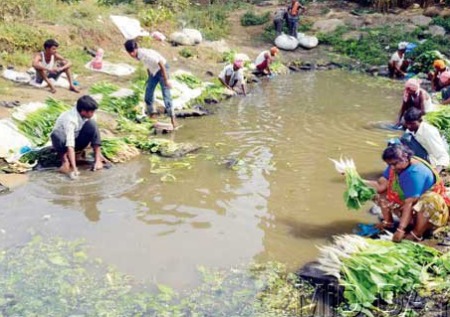

How does food become contaminated?
- Some types of Salmonella can infect a hen's ovary so that the internal contents of a normal looking egg can be contaminated with Salmonella even before the shell in formed.
- Shellfish can concentrate Vibrio bacteria that are naturally present in sea water, or other microbes such as norovirus that are present in human sewage dumped into the sea.


How does food become contaminated?
- Shigella bacteria, hepatitis A virus and norovirus can be introduced by the unwashed hands of food handlers who are themselves infected.
The way that food is handled after it is contaminated can also make a difference in whether or not an outbreak occurs
- Many bacterial microbes need to multiply to a larger number before enough are present in food to cause disease.
- Refrigeration or freezing prevents virtually all bacteria from growing, but generally preserves them in a state of suspended animation.
This general rule has a few exceptions:- Two foodborne bacteria, Listeria monocytogenes and Yersinia enterocolitica can actually grow at refrigerator temperatures.
- High salt, high sugar or high acid levels keep bacteria from growing, which is why salted meats, jam, and pickled vegetables are traditional preserved foods.
Microbes are killed by heat
- If food is heated to an internal temperature above 160ºF, or 78ºC, for even a few seconds this sufficient to kill parasites, viruses or bacteria, except for the Clostridium bacteria.

Food spoilage
-
Definition:
Food spoilage can be defined as a disagreeable change in a food's normal state.
These changes are due to a number of reasons.

Food spoilage
- Causes:
-
Enzymes:
known as oxidizing enzymes, they catalyze chemical reactions between oxygen and food components which lead to food spoilage.
-
Enzymes:
Food spoilage
- Causes:
-
Air and oxygen:
While oxygen is essential for life, it can have deteriorative effects on fats, food colors, vitamins, flavors, and other food constituents.
-
Air and oxygen:

Food spoilage
- Causes:
-
Moisture:
Food spoilage can occur when there are slight changes in relative humidity.
Moisture can condense on the surface of a product and this can result in many common food defects: mottling, crystallization, stickiness, cracking, splitting and crumbling.
-
Moisture:

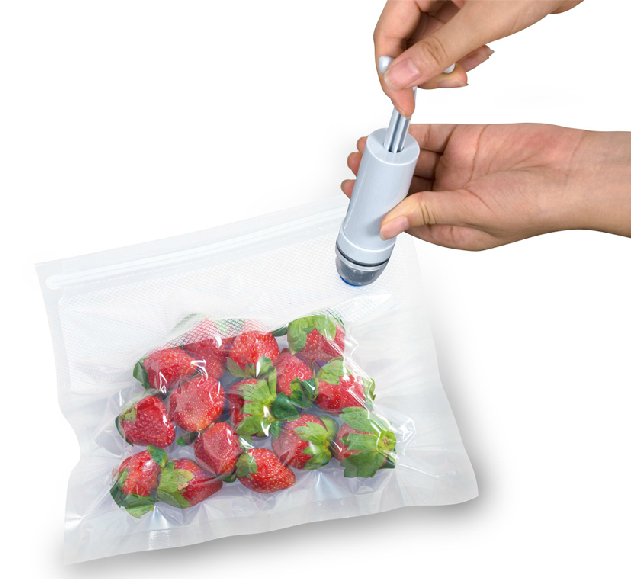
Food spoilage
- Causes:
-
Light:
The exposure of foods to light can result in the photo degradation (or spoilage) of these products; it causes the discoloration of the food.
-
Light:


Food spoilage
- Causes:
-
Microbial growth:
Microorganisms, specifically bacteria, molds, and yeasts, can cause food to spoil. The general sources of food spoilage microorganisms are the air, soil, sewage, and animal wastes.
-
Microbial growth:


-
Definition:
A food allergy is a potentially serious response to consuming certain foods or food additives.It is a specific type of adverse food reaction involving the immune system.
Allergens
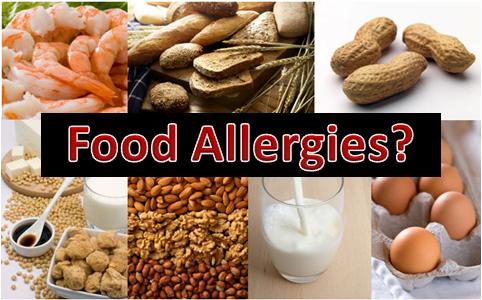
-
The foods that most often trigger allergic reactions are:
- Milk
- Eggs
- Fish (e.g., bass, flounder, cod)
- Crustacean shellfish (e.g. crab, lobster, shrimp)
- Tree nuts (e.g., almonds, walnuts, pecans)
- Peanuts
- Wheat
- Soybeans
Allergens

-
Symptoms:
Food allergies are the leading cause of anaphylaxis. For those who are sensitive, a reaction can occur within minutes or hours, and symptoms can range from mild to life threatening. Allergic reactions can include:
- Hives
- Flushed skin or rash
- Tingling or itchy sensation in the mouth
- Face, tongue, or lip swelling
- Vomiting and/or diarrhea
- Abdominal cramps
Allergens
-
Symptoms:
- Coughing or wheezing
- Dizziness and/or lightheadedness
- Swelling of the throat and vocal cords
- Difficulty breathing
- Drop in blood pressure
- Coughing or wheezing
Allergens
-
Definition:
Potentially hazardous food is any food or food ingredient, whether natural or synthetic, that is capable of supporting the rapid growth of microorganisms.
On the other hand it is foods that require time and temperature control in order to prevent bacteria growth.
- A food is potentially hazardous if it is:
-
of animal origin, (e.g., meat, poultry, milk, fish, shellfish, crabs, and lobster)
-
of plant origin and has been heat treated
-
Raw seed sprouts.
-
Potentially Hazardous Food
Adequate temperature of frozen and refrigerated food:
- Correct temperature control is essential to maintain food quality, nutrient content, and control of bacterial growth.
It is vital to keep foods, especially potentially hazardous foods out of the Temperature Danger Zone. Daily monitoring of temperatures is necessary to ensure adequate storage conditions.

Adequate temperature of frozen and refrigerated food:
- Keep the refrigerator temperature at or below 40° F. The freezer temperature should be 0° F. Check temperatures periodically. Appliance thermometers are the best way of knowing these temperatures and are generally inexpensive.


Adequate temperature of frozen and refrigerated food:
-
During shopping, pick up foods that should be kept cold last. It is important to buy eggs and all products labeled “Keep Refrigerated” only from a refrigerated case.
In hot weather, taking along cooler to keep foods cold is an efficient method to keep foods safe.


Adequate temperature of frozen and refrigerated food:
- Refrigerate or freeze perishables right away. Foods that require refrigeration should be put in the refrigerator as soon as you get them home. Stick to the “two-hour rule” for leaving items needing refrigeration out at room temperature.
Adequate temperature of frozen and refrigerated food:
- Food that is properly cooked and frozen is safe; if properly handled and stored in the freezer at 0° F (-18° C) it will remain safe. While freezing does not kill most bacteria, it does stop bacteria from growing. Though food will be safe indefinitely at 0° F, quality will decrease the longer the food is in the freezer. Tenderness, flavor, aroma, juiciness, and color can all be affected.
- Use ready-to-eat foods as soon as possible. The longer they’re stored in the refrigerator, the more chance for bacterium to grow especially if the refrigerator temperature is above 40° F (4° C).
Conditions for bacterial growth
-
Temperature:
-
Bacteria grow best at 37°C
To control temperature food
which is body temperature.
They reproduce quickly
between 5°C and 60°C
which is the danger zone.
Cook chilled food should be
stored at 0°C to 5°C.
should be: Cooled to below
5°C and Heated to above 60°C.
-

°C= (°F - 32) x 5/9
Conditions for bacterial growth
-
Moisture:
-
Bacteria like moist conditions.
Many foods contain liquid Controls for moisture:
Dehydration-removing the water- like in dried milkHigh sugar content- makes less water available like in jam
Salt removes water by osmosis like in bacon.
-
Conditions for bacterial growth
-
Time:
-
Freezing turns water into solids,
Bacteria multiply rapidly,
One bacterium can become
one million in less than
seven hours.
-
To control bacteria multiplying
you should:-
Eat food as soon after
it is made -
Cool quickly and store in a
fridge or freezer.
-
-

Conditions for bacterial growth
-
pH level:
-
Bacteria grow best in a neutral pH between 6.6 and 7.5.
They cannot survive below pH 4.5.
pH levels can be controlled by acidity regulators which keep food below pH 4.5.
Vinegar has a pH 3.5 and is used to preserve foods like onions.
-
Conditions for bacterial growth
-
Oxygen:
-
Some bacteria but not all need oxygen to reproduce.
To prevent bacteria getting oxygen manufacturers use vacuum pack foods of a system known as MAP where the oxygen is removed and replaced with a less active gas.
-

- Bacteria grow most rapidly in range of temperatures between 40 °F and 140 °F, doubling in number in as little as 20 minutes. This range of temperatures is often called the "Danger Zone."
"Danger Zone" (40 °F - 140 °F)

°C= (°F - 32) x 5/9
-
Keep Food Out of the "Danger Zone"
Never leave food out of refrigeration over 2 hours. If the temperature is above 90 °F, food should not be left out more than 1 hour.-
Keep hot food hot, at or above 140 °F. Place cooked food in chafing dishes, preheated steam tables, warming trays, and/or slow cookers.
-
Keep cold food cold, at or below 40 °F. Place food in containers on ice.
-
"Danger Zone" (40 °F - 140 °F)

°C= (°F - 32) x 5/9
-
Cooking
Raw meat and poultry should always be cooked to a safe minimum internal temperature.
When roasting meat and poultry, use an oven temperature no lower than 325 °F.
If you aren't going to serve hot food right away, it's important to keep it at 140 °F or above.
"Danger Zone" (40 °F - 140 °F)
°C= (°F - 32) x 5/9
-
Storing Leftovers
Leftovers must be put in shallow containers for quick cooling and refrigerated at 40 °F or below within two hours.
"Danger Zone" (40 °F - 140 °F)
-
Reheating
Foods should be reheated thoroughly to an internal temperature of 165 °F or until hot and steaming.
In the microwave oven, cover food and rotate so it heats evenly.

°C= (°F - 32) x 5/9
"Danger Zone" (40 °F - 140 °F)
PREVENTION
- Always use a thermometer to check food temperatures.
- Potentially hazardous foods must pass through the temperature danger zone as quickly as possible.
- Keep hot food hot and cold food cold.
°C= (°F - 32) x 5/9
Five common ways germs are spread:
-
Nose, mouth, or eyes to hands to others:
Germs can spread to the hands by sneezing, coughing, or rubbing the eyes and then can be transferred to other family members or friends.
Simply washing your hands can help prevent such illnesses as the common cold or eye infections.
Routes of transmission for pathogens


Five common ways germs are spread:
-
Food to hands to food:
Germs are transmitted from raw foods, such as chicken, to hands while preparing a meal.
The germs on the hands are then transferred to other uncooked foods, such as salad.
Cooking the raw food kills the initial germs, but the salad remains contaminated.
Routes of transmission for pathogens
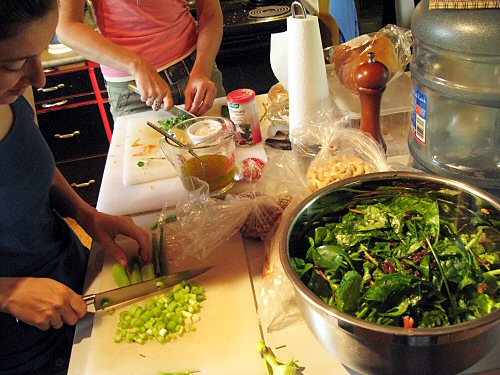
-
Hands to food:
Usually germs are transmitted from unclean hands to food by an infected food preparer who didn't wash his or her hands after using the toilet. The germs are then passed to those who eat the food.
This is easily prevented by always washing your hands after using the toilet and before preparing food items.
Routes of transmission for pathogens
Five common ways germs are spread:


-
Animals to people:
Wash your hands after petting animals or touching any surfaces they come into contact with.
Routes of transmission for pathogens
Five common ways germs are spread:
-
Infected child to hands to other children:
Germs are passed from a child with diarrhea to the hands of the parent during diaper changing.
If the parent doesn't immediately wash his or her hands, the germs that cause diarrhea are then passed to others.
Outbreak
-
Definition:
An incident in which two or more persons experience a similar illness after ingestion of a common food or meal and epidemiologic evaluation implicates the meal or food as the source of illness. Confirmed outbreaks may or may not be laboratory confirmed.

Outbreak
- Confirmed and Probable Waterborne Outbreaks:
- are similar to food-borne outbreaks, except that epidemiologic analysis implicates water as the source of illness.
- it may be associated with drinking water or with recreational water.

Outbreak
- Outbreaks with Other or Unknown Routes of Transmission:
- These outbreaks are defined as two or more cases of illness related by time and place in which an epidemiologic evaluation suggests either person-to-person transmission occurred, or a vehicle other than food or water (e.g., animal contact) is identified.
- This category also includes outbreaks for which the route of transmission could not be determined.
Food Safety Standard Operating Procedures (SOPs) are written practices and procedures that are critical to producing safe food. The most obvious example of an SOP is the step by step production line procedures used to make products as well train staff.
Standard Operating Procedure (SOP):
SOPs are: policies, procedures, standards you need in the operations, marketing and administration disciplines within your business to ensure success.
Materials include:
Standard Operating Procedure (SOP):
- Food Safety Checklist

Materials include:
Standard Operating Procedure (SOP):
- Cleaning and Sanitizing Food Contact Surfaces
- Controlling Time and Temperature During Preparation
- Cooking Potentially Hazardous Foods
Standard Operating Procedure (SOP):
- Cooling Potentially Hazardous Foods
- Employee Food Safety Training Record
- Personal Hygiene
- Preventing Contamination at Food Bars
Materials include:
Standard Operating Procedure (SOP):
- Preventing Cross-Contamination During Storage and Preparation
- Receiving Deliveries
- Reheating Potentially Hazardous Foods
- Serving Food
Materials include:
Standard Operating Procedure (SOP):
- Transporting Food to Remote Sites (Satellite Kitchens)
- Using and Calibrating Thermometers
- Using Suitable Utensils When Handling Ready-to-Eat Foods
Materials include:
All food service employees should maintain good personal hygiene practices to ensure food safety. Thus all employees in the food service department must:
Employee health and personal hygiene
-
Grooming:
-
Arrive at work clean
Clean hair, teeth brushed, bathed and used deodorant daily. - Maintain short, clean, and polish-free fingernails.
No artificial nails are permitted in the food production area.
-
Arrive at work clean
Employee health and personal hygiene
-
Grooming:
-
Wash hands (including under fingernails) and up to forearms vigorously and thoroughly with soap and warm water for a minimum of 20 seconds:
- When entering the facility before work begins.
- Immediately before preparing food or handling equipment.
- As often as necessary during food preparation when contamination occurs.
- Between holding an item and another
-
Wash hands (including under fingernails) and up to forearms vigorously and thoroughly with soap and warm water for a minimum of 20 seconds:

Employee health and personal hygiene
-
Grooming:
-
Wash hands:
- In the restroom after toilet use and when you return to your work station.
- When switching between working with raw foods and working with ready-to-eat (RTE) or cooked foods.
- After touching face, nose, hair, or any other body part, and after sneezing or coughing.
- After cleaning duties.
-
Wash hands:

Employee health and personal hygiene
-
Grooming:
-
Wash hands:
- Between each task performed and before wearing disposable gloves.
- After smoking, eating, or drinking.
- Any other time an unsanitary task has been performed, i.e. taking out garbage, handling cleaning chemicals, wiping tables, picking up a dropped food item, etc.
-
Wash hands:

Employee health and personal hygiene
-
Grooming:
-
Dry hands with single use towels
Turn off faucets in a sanitary fashion using a paper towel, in order to prevent recontamination of clean hands.
-
Dry hands with single use towels

Employee health and personal hygiene
-
Proper Attire:
- Wear appropriate clothing (clean uniform with sleeves), and clean non-skid, closed-toed work shoes that are comfortable for standing and working on floors that can be slippery.

Employee health and personal hygiene
-
Proper Attire:
-
Wear apron:
- Do not wear apron to and from work.
- Remove apron before using the restroom.
- Change apron if it becomes soiled or stained
-
Wear apron:

Employee health and personal hygiene
-
Proper Attire:
-
Wear disposable gloves with any cuts, sores, rashes, or lesions. Wear gloves when handling ready-to-eat foods that will not be heat-treated again.
Gloves should be worn when serving food.
-
Wear disposable gloves with any cuts, sores, rashes, or lesions. Wear gloves when handling ready-to-eat foods that will not be heat-treated again.
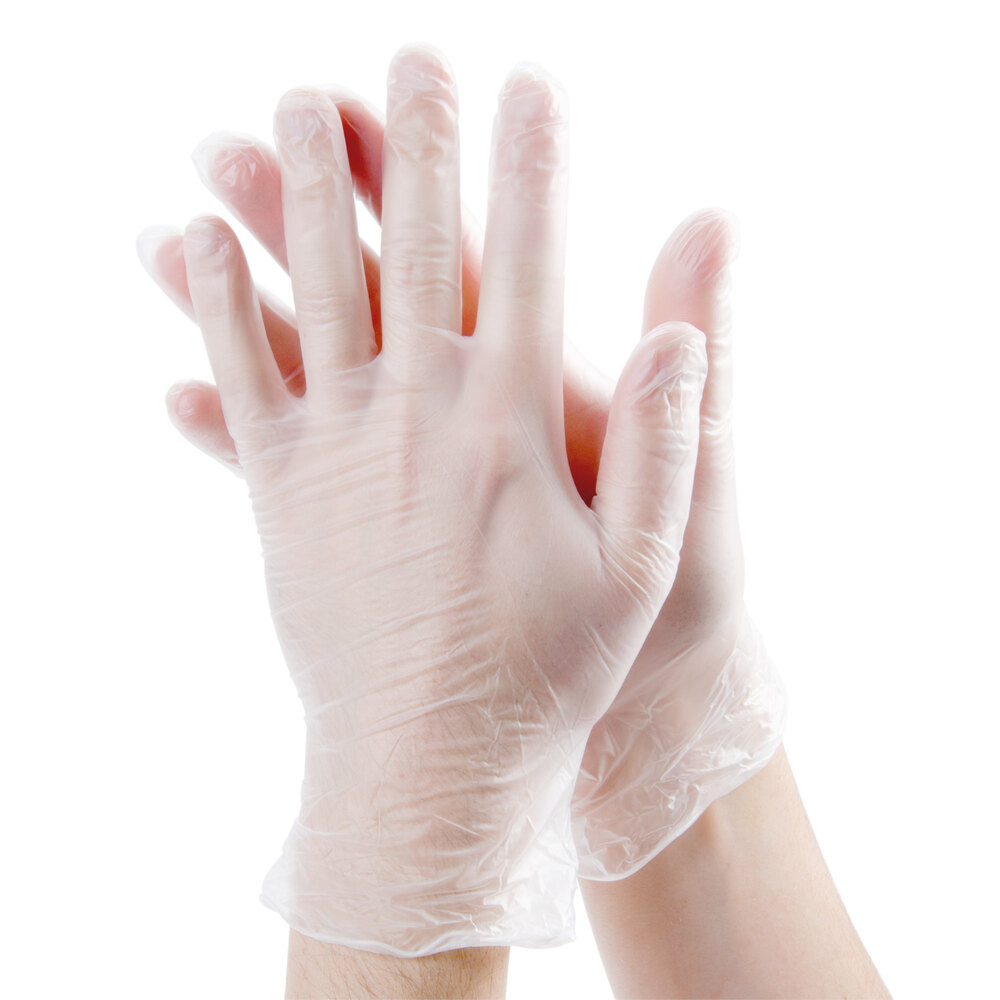
Employee health and personal hygiene
-
Hair Restraints and Jewelry:
- Wear a hair net or bonnet in any food production area so that all hair is completely covered
- Keep beards and mustaches neat and trimmed
- Refrain from wearing jewelry in the food production area
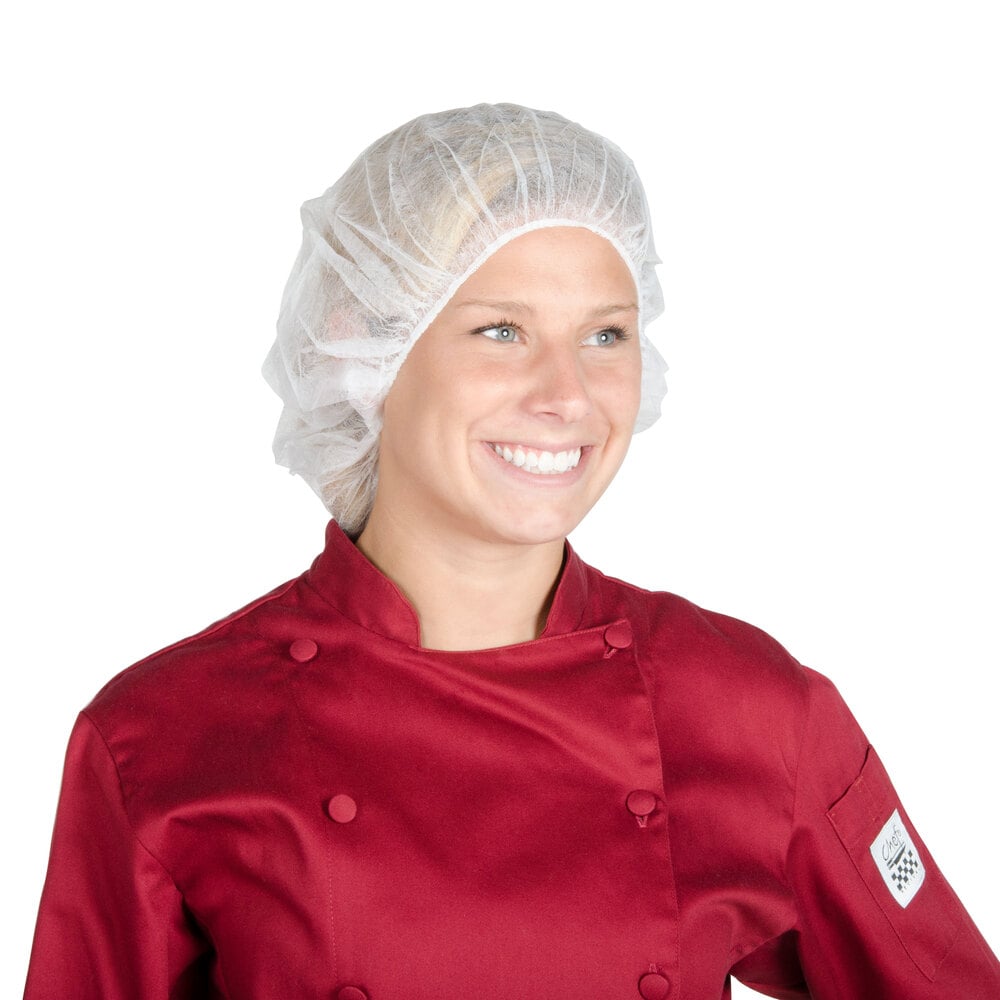

Employee health and personal hygiene
-
Illness:
- Food establishments should be most concerned about the following symptoms of food borne illness:
-
Vomiting
-
Diarrhea
-
Jaundice (yellow skin or eyes)
-
Sore throat with fever
-
Infected cuts and burns with pus on hands and wrists
-
- Food establishments should be most concerned about the following symptoms of food borne illness:
Employee health and personal hygiene
-
Illness:
- If employees have symptoms of vomiting and diarrhea, they should:
-
If at work:
- Stop work immediately
- Report to management
- Go home and return after at least 24 hours have passed since the vomiting and diarrhea symptoms ended.
-
If at work:
- If employees have symptoms of vomiting and diarrhea, they should:
Employee health and personal hygiene
-
Cuts, Abrasions, and Burns:
-
If food employees have an infected wound or cut on their hand or arm, they should:
- Report the wound or cut to the manager
- Properly cover it with a clean, impermeable bandage and a single-use glove, before returning to work
-
If food employees have an infected wound or cut on their hand or arm, they should:

Employee health and personal hygiene
-
Smoking, eating, and gum chewing:
- Smoke only in designated areas. No smoking or chewing of tobacco shall occur inside production facilities.
- Eat and drink in designated areas only
- Refrain from chewing gum or eating candy during work in a food production area

References:
United States department of agriculture:
www.fsis.usda.gov
http://www.fsis.usda.gov/shared/PDF/SPN_Guidebook_Microbiology.pdf
http://www.ers.usda.gov/media/755604/aer741a_1_.pdf
http://www.fsis.usda.gov/
California Department of EDUCATION:
http://www.cde.ca.gov/
MASON COUNTRY Washington Government and Information Services:
http://www.co.mason.wa.us/health/environmental/food
Centers of Disease Control and Prevention:
http://www.cdc.gov/foodsafety/facts.html
Foodsafetysite.com:
http://www.foodsafetysite.com/
U.S. Department of Health & Human Services:
http://www.hhs.gov
University of Rhode Island Food Safety Education:
http://web.uri.edu/foodsafety/
http://web.uri.edu/foodsafety/potentially-hazardous-food/
Minnesota department of health:
http://www.health.state.mn.us/divs/idepc/dtopics/foodborne/basics.html
http://www.health.state.mn.us/divs/eh/food/fs/tempreq.html
Food Safety.gov:
http://www.foodsafety.gov